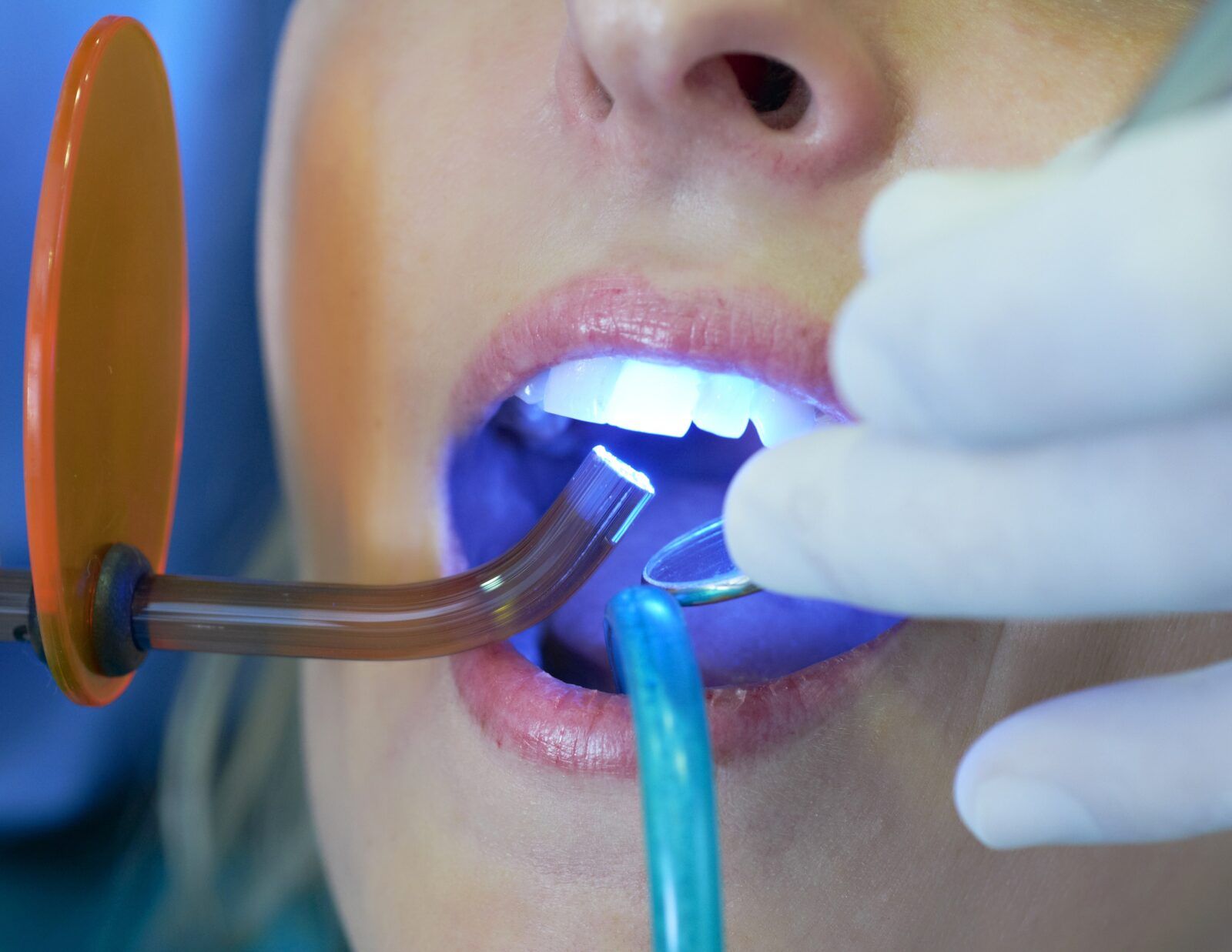Lasers, once a staple of science fiction, have become an integral part of modern dentistry. Their precision, efficiency, and ability to minimize discomfort have revolutionized various dental procedures. In this blog, we’ll delve into the role of lasers in dental treatments and how they’ve transformed the patient experience.
What are Dental Lasers?
Dental lasers are specialized medical devices used in various dental procedures. They emit a concentrated beam of light energy that, when directed at tissue, can cause a reaction. Depending on the type of laser and its intended use, this reaction can be to vaporize tissue, cut tissue, or induce other therapeutic effects.
There are primarily two categories of dental lasers based on their application:
- Hard Tissue Lasers: These are used mainly for procedures involving the teeth, such as cavity detection, dental fillings, and tooth sensitivity treatments. They can cut into tooth structure very precisely, removing minute amounts of tooth.
- Soft Tissue Lasers: These are used for gum surgeries and procedures. They can cut into soft tissue while also sealing blood vessels, which reduces bleeding, swelling, and post-operative pain.
Benefits of Using Lasers in Dentistry:
Minimized Discomfort and Pain:
One of the most significant advantages of laser dentistry is the reduced pain. Many patients report feeling little to no discomfort during laser procedures, often eliminating the need for anesthesia.
Reduced Bleeding and Swelling:
Traditional dental procedures can lead to bleeding and post-operative swelling. However, lasers cauterize as they cut, leading to minimal bleeding and reduced swelling.
Faster Healing:
The precision of lasers means less damage to surrounding tissues, which in turn leads to quicker recovery times.
Decreased Risk of Infection:
Lasers sterilize the area they work on, reducing the risk of bacterial infections.
Reduced Trauma:
Traditional dental drills can cause hairline cracks and fractures in the teeth that can lead to future dental problems. Lasers reduce the chance of this happening.
Anesthesia & Sutures:
In many cases, the use of dental lasers can minimize pain and discomfort, reducing or even eliminating the need for anesthesia. Additionally, some laser procedures do not require sutures (stitches).
Common Dental Procedures Using Lasers:
Gum Disease Treatment: Lasers can be used to remove the inflamed gum tissue from around the root of a tooth, allowing dentists to clean the root and save the tooth from extraction.
Tooth Decay Treatment:
Lasers can remove decay within a tooth and prepare the surrounding enamel for a filling.
Teeth Whitening:
Lasers can speed up the in-office teeth whitening process. The peroxide bleaching solution applied to the tooth’s surface is activated by the laser’s energy, speeding up the whitening process.
Biopsy or Lesion Removal:
Lasers can be used to remove a small piece of tissue (called a biopsy) to examine it for cancer. Lasers can also remove lesions in the mouth and relieve the pain of canker sores.
The Future of Laser Dentistry:
The potential applications of lasers in dentistry are vast. As technology continues to advance, we can expect even more procedures to incorporate lasers. They may soon play a role in regenerating damaged nerves or blood vessels, or even in the early detection of oral cancers.
In Conclusion:
The integration of lasers into dentistry has been a game-changer. They offer a more comfortable and efficient alternative to traditional methods, enhancing the patient experience. As dental professionals continue to harness the power of lasers, we can look forward to even more advancements in dental care, ensuring brighter and healthier smiles for all.

